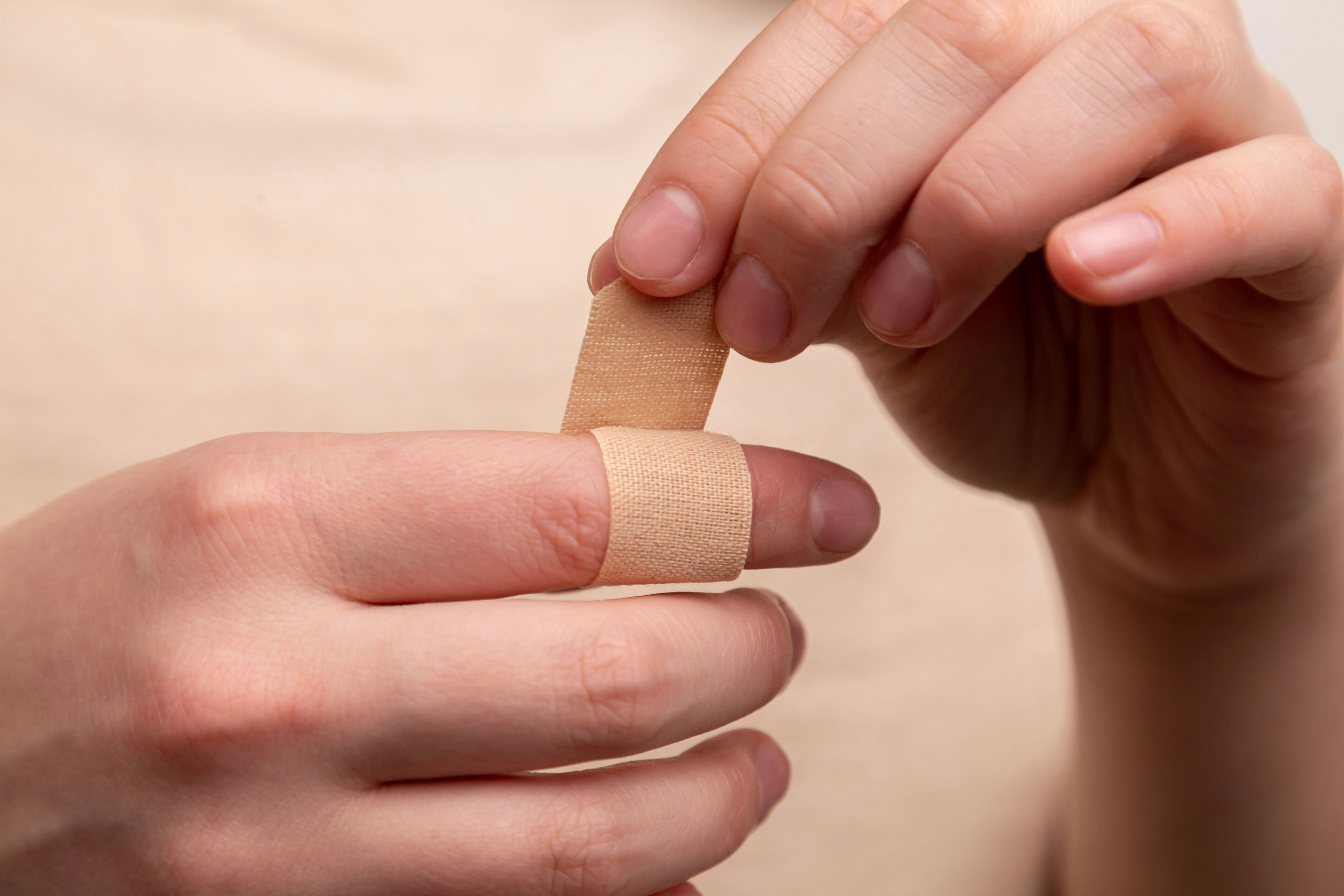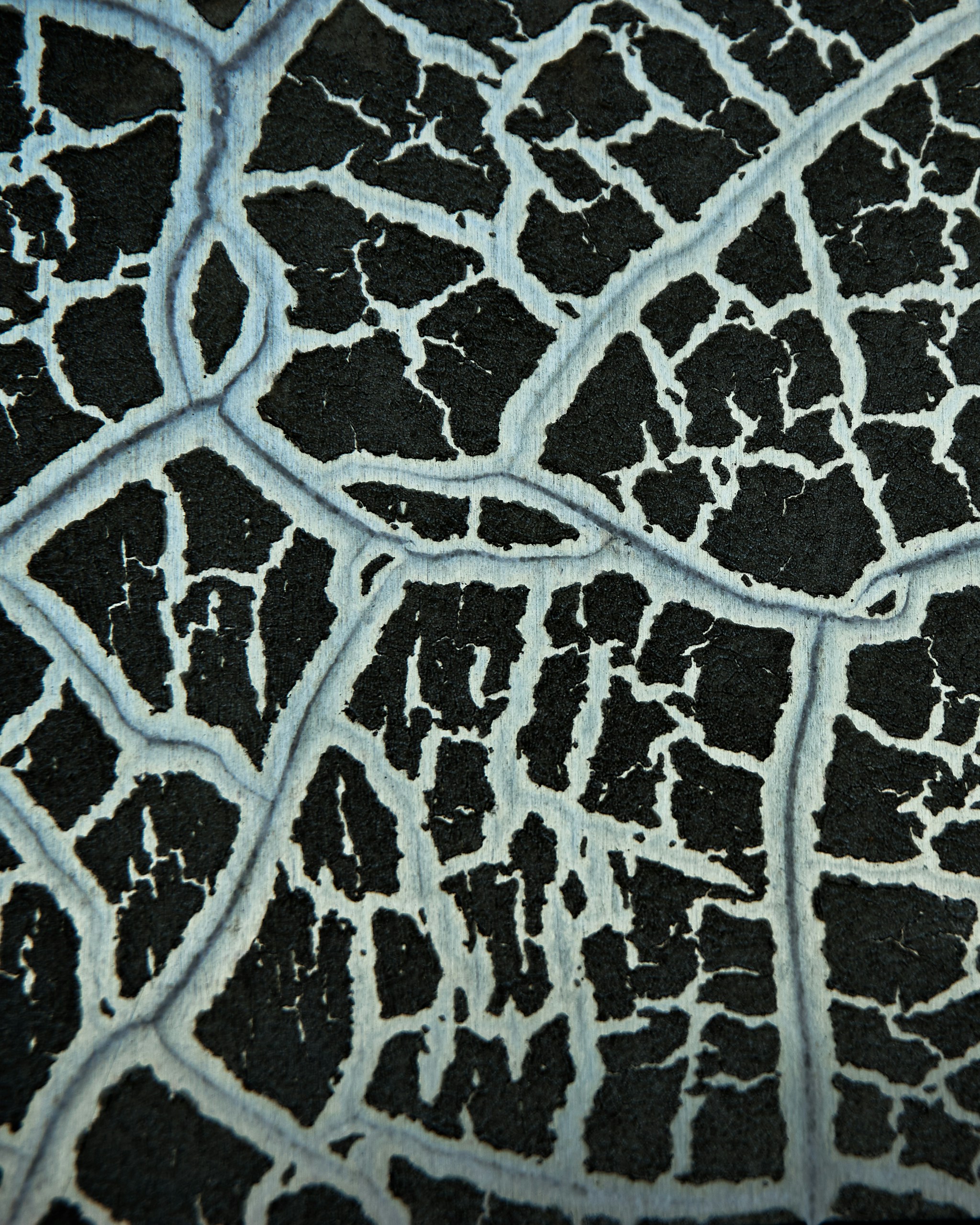In the world of electric die grinding, selecting the appropriate abrasive materials is crucial for achieving efficient and precise results. With a myriad of options available, it can be overwhelming to decipher which materials work best for specific tasks. Whether you are grinding, polishing, or deburring, understanding the characteristics of various abrasive materials is essential in ensuring optimal performance and extending the lifespan of your electric die grinder. From aluminum oxide to silicon carbide, this article will provide valuable insights on how to choose the right abrasive materials that will not only meet your needs but elevate your grinding experience to a whole new level.

Factors to Consider
When it comes to choosing the right abrasive materials for electric die grinding tasks, there are several factors that you need to consider. These factors will help you select the most suitable abrasives for your specific needs.
Material Being Worked On
The first factor to consider is the material that you will be working on. Different materials require different abrasive materials to achieve the desired results. For example, if you are working on softer materials such as wood or plastic, you may need a less aggressive abrasive material. On the other hand, if you are working on harder materials such as metal or concrete, you will need a more durable and abrasive material.
Grinding Task Requirements
Another important factor to consider is the specific requirements of your grinding task. Are you looking to remove a large amount of material quickly, or do you need a fine finish? Different abrasive materials have different levels of aggressiveness and cutting capabilities. Understanding your grinding task requirements will help you select the most appropriate abrasive material for the job.
Budget Constraints
Budget constraints are always a consideration when choosing abrasive materials. It’s important to find a balance between cost and quality. While it may be tempting to opt for cheaper abrasive materials, they may not provide the desired results or may wear out quickly. On the other hand, investing in high-quality abrasive materials may be more expensive upfront, but they can save you money in the long run by lasting longer and delivering better performance.
Type of Abrasive Materials
There are various types of abrasive materials available in the market, each with its own unique properties and applications. Here are some of the most common types:
Aluminum Oxide
Aluminum oxide is a versatile abrasive material that is suitable for a wide range of grinding tasks. It is known for its durability and excellent cutting ability, making it ideal for grinding hard materials such as steel and cast iron. Aluminum oxide is also commonly used for general-purpose grinding applications.
Silicon Carbide
Silicon carbide is another popular abrasive material that is widely used for grinding tasks. It is known for its ability to cut through tough materials such as stone, glass, and ceramic. Silicon carbide is also used for grinding non-ferrous metals and plastics. It is a good choice for jobs that require aggressive material removal.
Ceramic
Ceramic abrasives are known for their exceptional durability and long life. They are often used in heavy-duty grinding tasks that require high material removal rates and prolonged tool life. Ceramic abrasives are suitable for grinding metal, stainless steel, and other hard materials.
Diamond
Diamond abrasives are the hardest and most effective abrasive materials available. They are used for precision grinding and polishing of hard materials such as concrete, glass, and gemstones. Diamond abrasives offer superior cutting performance and can deliver a mirror-like finish.
Cubic Boron Nitride
Cubic boron nitride (CBN) is a synthetic abrasive material that is second only to diamond in hardness. It is primarily used for grinding hardened steels and other ferrous materials. CBN abrasives offer high thermal stability and great wear resistance, making them ideal for grinding at high speeds.
Grain Size
The grain size of abrasive materials plays a crucial role in determining the cutting ability and surface finish achieved during grinding. Different grain sizes are suitable for different applications. Here are the three main categories:
Coarse
Coarse-grained abrasives are characterized by larger particles. They are ideal for removing a significant amount of material quickly. Coarse-grained abrasive materials are commonly used for rough grinding and stock removal tasks.
Medium
Medium-grained abrasives have smaller particles compared to coarse-grained ones. They strike a balance between material removal and surface finish. Medium-grained abrasives are often used for general-purpose grinding applications.
Fine
Fine-grained abrasives have the smallest particles and offer the finest surface finish. They are commonly used for precision grinding and polishing tasks where a smooth and flawless surface is desired. Fine-grained abrasives are often used in the final stages of grinding.
Bonding Agent
The bonding agent of an abrasive material holds the grains together and determines the strength and stability of the grinding wheel. Different bonding agents are suitable for different applications. Here are three common types:
Vitrified Bond
Vitrified bonded abrasive materials are made by mixing abrasive grains with a glass-like bonding agent. This creates a very strong and durable grinding wheel. Vitrified bond wheels are suitable for precision grinding and heavy-duty applications.
Resin Bond
Resin bonded abrasive materials use a resin bonding agent that offers excellent cutting performance and flexibility. These wheels are suitable for a wide range of grinding tasks, including both wet and dry applications. Resin bond wheels are known for their reliability and versatility.
Metal Bond
Metal bonded abrasive materials are made by sintering abrasive grains with a metallic bonding agent. These wheels are extremely durable and capable of withstanding high forces and temperatures. Metal bond wheels are commonly used for grinding super-hard materials such as glass, ceramics, and composite materials.

Wheel Shape and Size
The shape and size of the grinding wheel can greatly impact the efficiency and effectiveness of your grinding task. Here are three common types of grinding wheels:
Flat Wheels
Flat wheels, also known as straight wheels, have a flat surface and are the most common type of grinding wheel. They are used for general-purpose grinding applications and are available in various sizes to suit different grinding tasks.
Cup Wheels
Cup wheels have a cup-shaped design and offer a large contact area with the workpiece. This makes them ideal for surface grinding and contouring tasks. Cup wheels are especially useful for grinding curved or irregular surfaces.
Mounted Points
Mounted points are small grinding wheels that are mounted on a spindle or shank. They are used for precision grinding in hard-to-reach areas or for intricate grinding tasks. Mounted points are available in various shapes and sizes to suit different applications.
Speed and RPM
Matching the speed of your electric die grinder with the appropriate abrasive material is crucial for achieving optimal grinding performance and avoiding potential damage. Additionally, understanding the limitations of the grinder’s revolutions per minute (RPM) is important for ensuring safe and effective grinding.
Matching Speed With Abrasive Material
Different abrasive materials have different speed recommendations. It is important to consult the manufacturer’s guidelines or data sheets to determine the recommended operating speed for your chosen abrasive material. Operating at the correct speed ensures that the abrasive material functions optimally and avoids unnecessary wear and tear.
Understand RPM Limitations
Electric die grinders have specific RPM limitations that must be adhered to. Exceeding the maximum RPM can cause the grinding wheel to disintegrate, leading to potential injuries. Always check the RPM limitations of your grinder and make sure to select abrasive materials that are compatible with those limitations.
Cooling and Lubrication
Cooling and lubrication play a vital role in ensuring the success of your grinding tasks. Proper cooling and lubrication help prevent overheating, reduce friction, and prolong the life of both the grinding wheel and the workpiece.
Importance of Cooling and Lubrication
Cooling and lubrication are important for dissipating heat generated during grinding, which can otherwise lead to premature wheel wear and damage to the workpiece. They also help in flushing away grinding debris and keeping the wheel clean for optimal performance.
Methods of Cooling and Lubrication
There are several methods of providing cooling and lubrication during grinding. One common method is to use a coolant or cutting fluid, which is applied directly to the workpiece or the grinding wheel. This helps reduce heat and friction. Another option is to use an air or water cooling system that directs a stream of air or water onto the grinding area.
Safety Considerations
When working with electric die grinders and abrasive materials, safety should always be a top priority. Here are some safety considerations to keep in mind:
Eye and Respiratory Protection
Grinding tasks can produce flying debris and fine particles that can cause serious eye injuries or respiratory issues if inhaled. Always wear safety goggles or a face shield to protect your eyes, and use a respirator or dust mask to protect your respiratory system.
Machine Guards and Shields
Make sure your electric die grinder is equipped with proper machine guards and shields. These safety features help prevent accidental contact with rotating parts and provide a barrier between the grinding wheel and the operator.
Choosing the Right Supplier
Selecting a reliable and reputable supplier for your abrasive materials is essential for ensuring quality and performance. Here are two key factors to consider:
Quality of Abrasive Materials
Choose a supplier that offers high-quality abrasive materials. Quality materials will deliver better grinding results, offer longer tool life, and ensure the safety of your grinding operations. Look for suppliers that adhere to strict quality control standards and provide detailed specifications for their abrasive materials.
Supplier’s Reputation and Reliability
Consider the supplier’s reputation and reliability. Look for suppliers with a track record of delivering quality products on time and providing excellent customer service. Reading customer reviews and testimonials can give you insight into the supplier’s reputation and help you make an informed decision.
Trial and Error
Sometimes, despite careful consideration and research, it may be necessary to perform test runs and evaluate the results through trial and error. This allows you to fine-tune your selection of abrasive materials and ensure that you achieve the desired grinding outcomes.
Performing Test Runs
Before committing to a specific abrasive material, it is beneficial to perform test runs on a small scale. This will help you assess the performance, surface finish, and material removal rate of the chosen abrasive material. You can then make any necessary adjustments or try different materials until you find the best fit for your grinding task.
Evaluating Results
After performing test runs, carefully evaluate the results. Consider factors such as surface finish, material removal rate, wheel wear, and overall grinding performance. This evaluation will guide you in selecting the most effective and suitable abrasive material for your specific needs.
In conclusion, choosing the right abrasive materials for electric die grinding tasks requires careful consideration of various factors such as the material being worked on, grinding task requirements, budget constraints, and more. By understanding the different types of abrasive materials, grain sizes, bonding agents, wheel shapes and sizes, and other factors, you can make informed decisions and achieve the best grinding results. Remember to prioritize safety, choose a reputable supplier, and be willing to experiment and evaluate through trial and error to ensure optimal performance.



